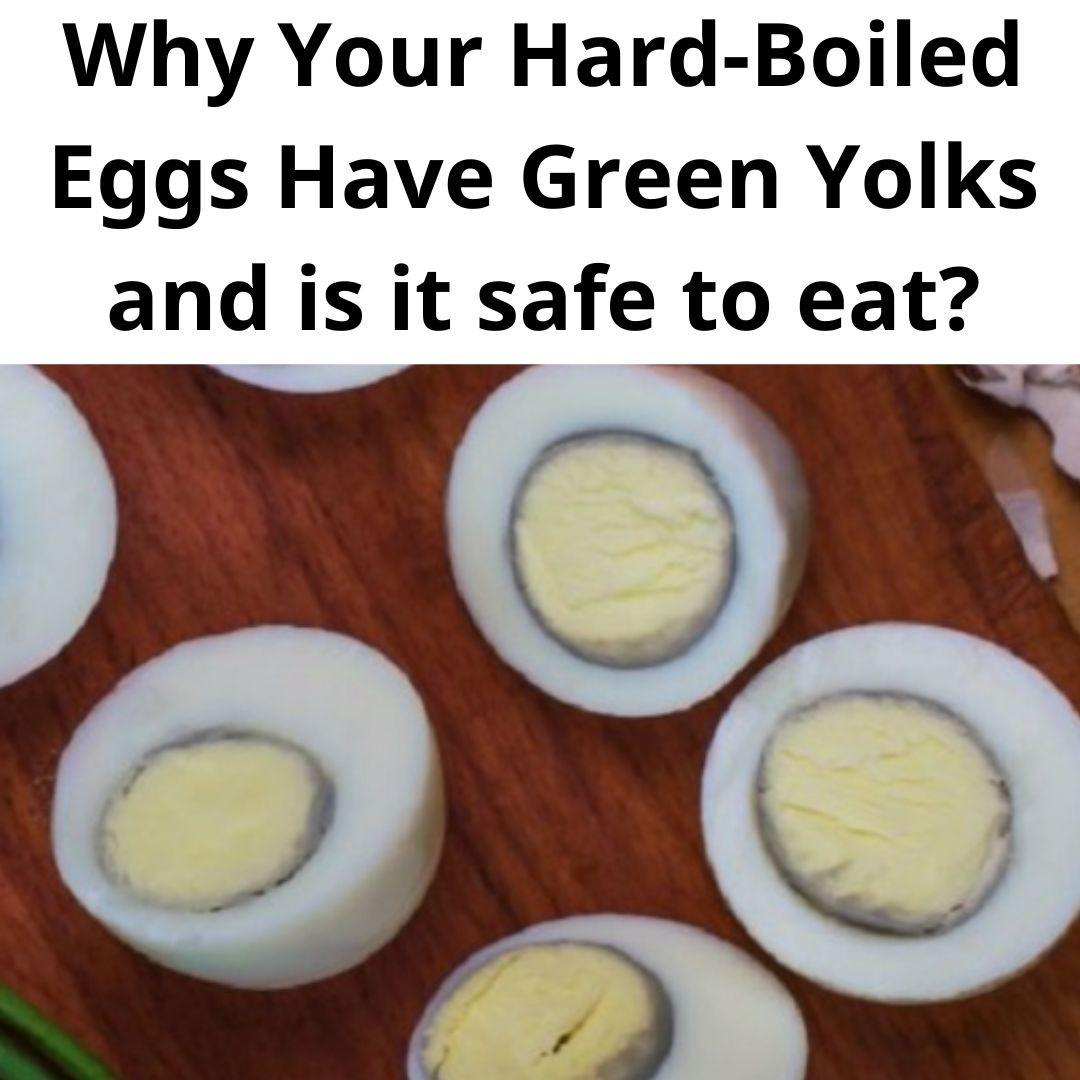ADVERTISEMENT
This is an issue of overcooking, and although it affects the aesthetics of the egg, it doesn’t pose any health risks. The egg is still perfectly safe to eat.
#### 3. **Bacterial Contamination: An Uncommon but Serious Cause**
In rare cases, green eggs can be a result of bacterial contamination, though this is not common. If you crack open an egg and notice a greenish hue in the egg white or yolk that isn’t related to overcooking, it’s a good idea to discard the egg. Sometimes, the green color is associated with the presence of bacteria, such as **Salmonella** or other pathogens. These bacteria can cause foodborne illness and should be avoided.
If your eggs appear green and have an off smell or an unusual texture, this is a strong indicator that the egg has gone bad. Eggs that are improperly stored or past their expiration date are more likely to become contaminated with bacteria. Always store eggs in the refrigerator and be sure to check their sell-by or expiration date before using them.
#### 4. **High-Pigment Foods Consumed by the Chicken**
Chickens’ diets can have a significant impact on the color of their eggs. If a chicken consumes foods that are high in certain pigments, this can sometimes affect the shell color. For example, chickens fed a diet rich in **green vegetables** (like spinach or kale) or **algae** can sometimes produce eggs with a deeper greenish hue.
However, this is usually limited to the color of the eggshell and doesn’t typically affect the color or taste of the egg inside. If you notice a slight green tint to the egg’s interior, it could be due to the chicken’s diet, but the egg is still likely safe to eat as long as it smells and looks normal.
### **Should You Be Worried If You See Green Eggs?**
Most of the time, there’s no need to worry if you encounter green eggs. If the green color is on the shell, it’s most likely a natural result of the breed of chicken that laid it. In fact, many people seek out blue or green eggs from specific breeds because they add a beautiful variety to their egg collection. These eggs are perfectly safe to eat and are often seen as a novelty in local farmer’s markets or from backyard chicken keepers.
However, if the egg has a greenish hue inside the shell, it could indicate overcooking or, in rare cases, bacterial contamination. Overcooked eggs are still edible, although the texture might be a bit off. But if you notice an unusual smell, texture, or color inside the egg, or if the egg is past its expiration date, it’s best to discard it.
### **How to Prevent Green Eggs: Tips for Cooking Eggs Perfectly**
Whether you’re boiling, scrambling, or frying eggs, there are a few simple steps you can take to avoid green eggs—whether from overcooking or bacterial contamination:
1. **Avoid Overcooking**: When boiling eggs, keep track of the time to avoid overcooking. For hard-boiled eggs, aim for 9-12 minutes of boiling, then remove them from the heat and cool them in ice water.
For Complete Cooking STEPS Please Head On Over To Next Page Or Open button (>) and don’t forget to SHARE with your Facebook friends
